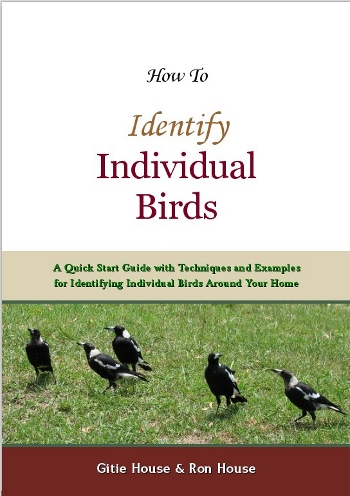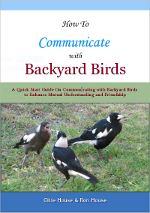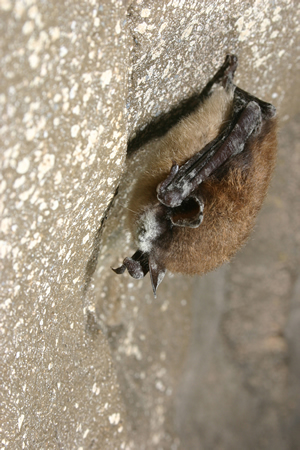 |
Identifying Individual Birds: | Communicating with Wild Birds: | Bird Intelligence & Relationships | Other Hearts |
 |
|
| Communicating - Articles | Not Just A Bird.... | Meeting Maggie | Flying Foxes & Bats | |||
| Rescuing Birds | No Life for Caged Birds | |||||
| Feathery Tales | Your Winged Friends | The Sticky Beak - Slideshows | Books | |||


 A couple of years passed and we had moved to another farm, when Darren came home with a baby crow that he had found on the road.
A couple of years passed and we had moved to another farm, when Darren came home with a baby crow that he had found on the road.
 T
T




